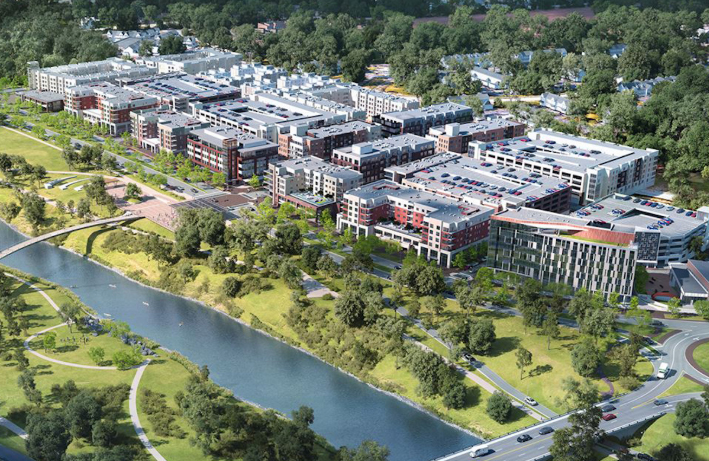Demographics are Destiny: Dublin, Ohio Responds

North America is a suburban continent with an urban population. What do I mean by that? Some facts:
- Where and how our population is growing has changed dramatically. Before 2010, most of the growth occurred in the age range of 35 to 65. From now until well into the 2030s, however, people age 65 or older will account for more than half of population growth (US Census Bureau).
- For decades, households with kids shaped our housing markets and our communities. That, too, is changing. Well into the 2030s, roughly 80 percent of net new households will be singles and couples, boosting urban housing markets (Harvard University Joint Center for Housing Studies).
- An aging population means a dramatic slowdown in workforce growth even as demand for knowledge workers accelerates. These changes have produced a shortage of knowledge workers—already 10% and growing. As a result, knowledge jobs and investment are following educated workers, who generally prefer to live and work in urban places (McKinsey Global Institute).
In response to trends like these, the top-ranked suburban city of Dublin, Ohio began in the early 2000s to see its class A office parks, shopping centers and high-end subdivisions lose their appeal. Less than four decades after beginning to grow, Dublin was feeling its age. The solution lay in a history of “staying ahead of the economic development curve” and anticipating change. Dublin had two distinct incentives going in: rapid growth of high-wage knowledge industries there had funded a high level of public services—like the Dublin Recreation Center—and a strong housing market. The city manager made the case to the city council that Dublin needed to adapt if it wanted to hold onto to these jobs and protect its housing market. Together the manager and council launched a year-long visioning process of workshops, lectures, and charrettes to build community awareness and then support for creating a new “walkable, higher density, mixed-use” downtown.

